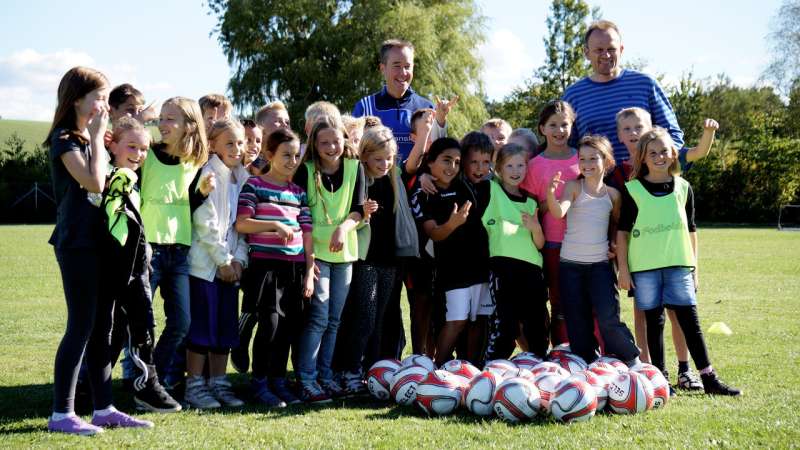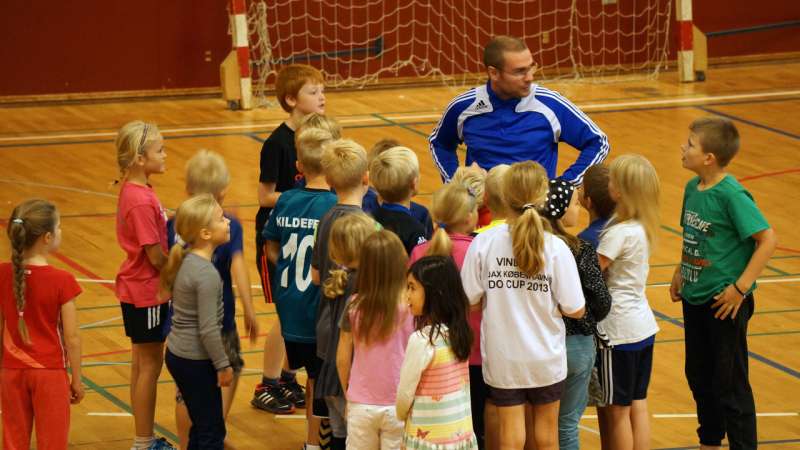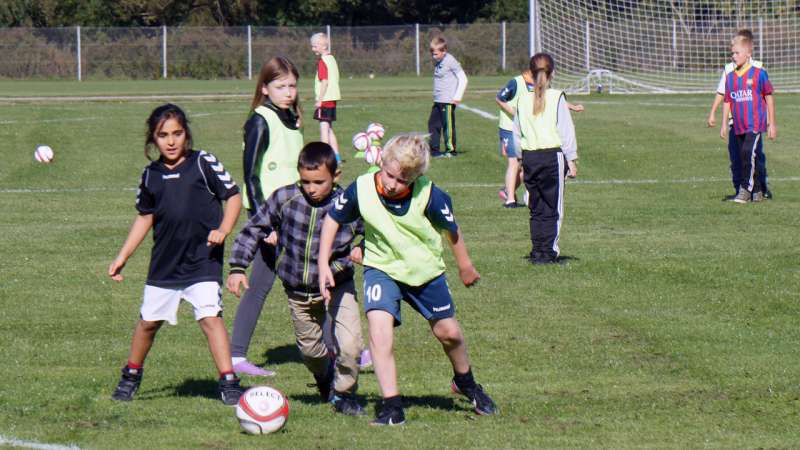Ball games and circuit strength training boost bone health in schoolchildren

A study published in the British Journal of Sports Medicine examines bone and muscle health in 295 schoolchildren from Frederikssund and Copenhagen over a whole school year during which the children participated in the FIT FIRST training concept, looking into the effects of intense interval training at school.
In the study, the researchers compared the effects on children who took the normal school PE classes with children who had intense exercise on the timetable for two hours a week in the form of ball games on small pitches or circuit training consisting of gymnastic and strength exercises using their own body weight.
"Our research shows that intense exercise at school has clear positive effects on bone density, muscular strength and balance in eight- to 10-year-old children," says project leader Peter Krustrup, professor of sport and health sciences at the University of Southern Denmark.
"In the children in third grade who played ball games three against three or participated in circuit training for three 40 minute sessions a week, muscular strength increased by 10 percent and balance improved by 15 percent, while the children's bone density increased by a whole 45 percent compared to the control group."

Malte Nejst Larsen, assistant professor at the University of Southern Denmark, adds: "The study shows that bone density in the ball game group rose by 7 percent in the legs and by 3 percent in the body as a whole, giving a real boost to bone health. For children aged eight to 10, improving bone density, muscular strength and balance is the first big step towards preventing osteoporosis later in life," he says.
FIT FIRST stands for "Frequent Intense Training—Football, Interval Running and Strength Training."
The concept was based on many years of Danish research into the importance of intensity for effects on cardiovascular and bone health, and the influence of the organisation of sports activities. The aim of FIT FIRST is to produce well-specified, evidence-based and implementable tools to boost fitness and health through exercise at school.

More information: Malte Nejst Larsen et al, Positive effects on bone mineralisation and muscular fitness after 10 months of intense school-based physical training for children aged 8–10 years: the FIT FIRST randomised controlled trial, British Journal of Sports Medicine (2016). DOI: 10.1136/bjsports-2016-096219
















